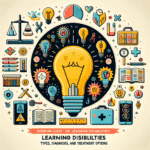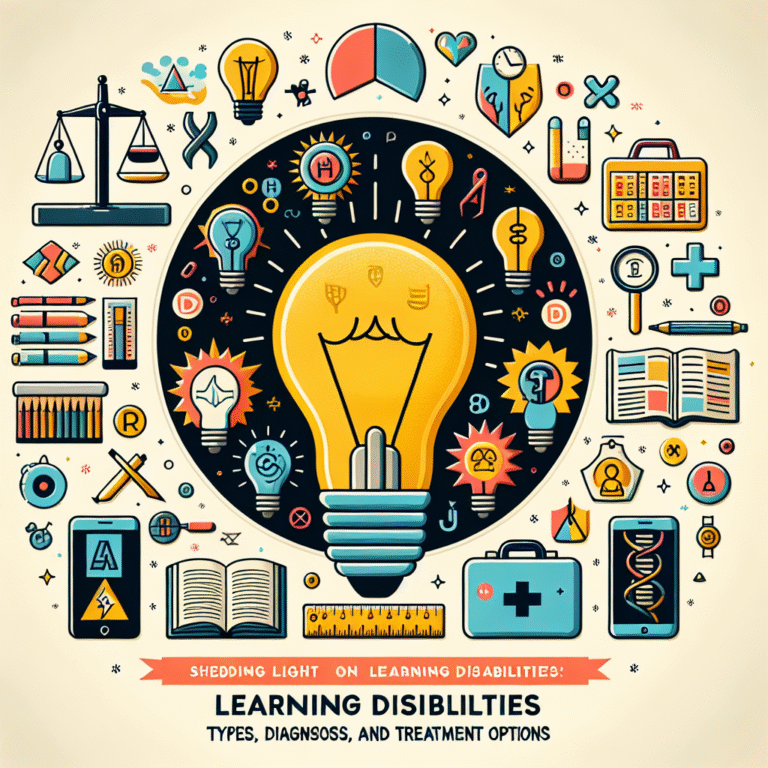
From Guilt to Gaslighting: Recognizing Emotional Manipulation Tactics
Introduction
In a world where emotional intelligence is increasingly recognized as vital for healthy relationships, many individuals find themselves navigating murky waters laden with emotional manipulation. One of the most insidious forms of emotional manipulation is that which transitions “from guilt to gaslighting.” These tactics can erode self-esteem, distort reality, and create an environment of persistent self-doubt. Understanding these dynamics is crucial for anyone striving to foster healthy relationships, whether in familial, romantic, or professional contexts.
Unlike physical harm, emotional manipulation often goes unseen, making it challenging to identify and even harder to confront. This article lays bare the detrimental tactics of guilt-inducing behavior and gaslighting, providing insights that empower individuals to reclaim their emotional well-being.
Understanding Emotional Manipulation
Emotional manipulation involves tactics employed by an individual to exploit someone else’s feelings for personal gain. Recognizing these tactics is the first step in freeing oneself from their grip. Emotional manipulation can take many forms, ranging from subtle forms of guilt to overt gaslighting, making recognition a multi-faceted challenge.
What Is Guilt in Emotional Manipulation?
Guilt is a powerful emotion that can be both constructive and destructive. When used as a manipulative tool, it becomes harmful. The manipulator often inflicts guilt for perceived wrongs, whether real or imagined. This tactic plays on the victim’s conscience, creating a sense of obligation or shame that keeps them tethered to the relationship.
The Essence of Gaslighting
Gaslighting is a psychological manipulation that makes someone question their reality, memory, or perceptions. Named after the play "Gas Light," where a husband manipulates his wife to the point of doubting her sanity, this tactic is often employed by those who wish to maintain control. Through dismissive comments, contradicting statements, and continual denial, gaslighters create an alternate version of reality designed to bolster their own agenda.
From Guilt to Gaslighting: A Closer Look
Identifying Guilt-Inducing Behaviors
In relationships where emotional manipulation occurs, the initial tactic often employed is guilt induction.
Examples of Guilt Induction:
| Manipulation Tactic | Example |
|---|---|
| Silent Treatment | "If you really cared, you’d know why I’m upset." |
| Emotional Outbursts | "You just don’t appreciate all I do for you." |
| Faux Sacrifice | "I gave up everything for you, and this is how you repay me?" |
By recognizing these tactics, individuals can start to separate their emotions from the manipulator’s agenda.
Case Study: Sarah and Her Boss
Sarah, a marketing executive, often found herself feeling guilty about not taking on extra projects. Her boss would frequently remind her of his own sacrifices in the company, implying she should be more grateful and willing to take on additional work. Over time, Sarah began to question her commitment to the organization, even doubting her career path. Recognizing this pattern was pivotal in her decision to stand firm about her limits.
The Shift to Gaslighting
Once guilt establishes a foothold, a manipulator may escalate to gaslighting. Victims often find themselves confused, believing they are at fault for the state of the relationship.
Recognizing Gaslighting Tactics:
| Gaslighting Technique | Example |
|---|---|
| Denial | "I never said that. You’re just imagining things." |
| Withholding Information | "You’re not ready to know the truth." |
| Trivializing Emotions | "You’re overreacting; it wasn’t a big deal." |
Case Study: Liam and Julia
Liam frequently dismissed Julia’s feelings, insisting she was "too sensitive." After one particular argument about their communication, Liam claimed Julia was losing touch with reality. Over time, Julia’s self-esteem dwindled as she accepted Liam’s portrayal of her emotions as invalid. With support from friends, she learned to recognize this gaslighting, prompting her to seek therapy and reclaim her voice.
The Emotional Toll: Understanding the Impact
The consequences of emotional manipulation can manifest in various ways, including chronic anxiety, depression, and feelings of isolation. Victims may experience:
- Increased Anxiety: The constant second-guessing creates a cycle of fear and worry.
- Low Self-esteem: Diminished self-worth is often a byproduct of sustained emotional manipulation.
- Isolation from Friends and Family: Victims may withdraw from their support systems, feeling they cannot trust anyone.
The Importance of Setting Boundaries
Setting healthy boundaries is a crucial component in countering emotional manipulation. This involves being clear about your limits and firmly communicating them.
Example of Healthy Boundaries:
- Assertive Communication: Instead of passive responses, use clear and direct language.
- Consistent Enforcement: Make it known that violations of boundaries will not be tolerated.
- Seek Support: Engage friends or professionals for guidance on maintaining these boundaries.
Strategies for Overcoming Emotional Manipulation
Self-Recognition and Awareness
The first step in overcoming emotional manipulation is self-awareness. Take the time to analyze your interactions and note patterns of behavior. Are you routinely feeling guilty or doubting your perception of reality?
Keep a Journal
Documenting interactions can serve as a powerful tool in processing emotional experiences. Write down your feelings, thoughts, and conversations. This practice can help clarify what may be manipulation and what is a healthy relationship dynamic.
Engage in Open Dialogues
If safe, discuss your feelings with the manipulator. Use "I" statements to express how their actions make you feel. For instance, "I feel anxious when you dismiss my concerns." This approach keeps the conversation focused on your feelings rather than blaming the other person.
Find Supportive Relationships
Surround yourself with individuals who uplift you and provide honest feedback. Trustworthy friends or a therapist can offer invaluable perspectives, helping you affirm your reality.
Learn to Trust Your Instincts
Pay attention to how interactions make you feel. Does a conversation leave you feeling energized or drained? Trust those instincts, as they often guide you toward what is healthy.
Conclusion
Navigating the emotional landscape from guilt to gaslighting can be daunting. However, recognizing these emotional manipulation tactics is the first step toward reclaiming your life and sanity. Guilt-inducing behavior may initially seem benign, but when combined with the corrosive effects of gaslighting, it can wreak havoc on one’s emotional well-being.
By understanding the various forms of emotional manipulation, setting boundaries, and fostering self-awareness, you can move towards healthier interactions, paving the way for more fulfilling relationships. Remember, your emotions are valid, and it’s essential to safeguard your mental health against toxic dynamics.
FAQs
1. What are the signs of emotional manipulation?
Common signs include a constant feeling of guilt, self-doubt, fear of confrontation, and feeling responsible for another person’s happiness.
2. Can emotional manipulation occur in friendships?
Yes, emotional manipulation can happen in any relationship, including friendships and familial ties. It’s essential to recognize these behaviors regardless of the relationship’s context.
3. What should I do if I suspect I am being gaslighted?
Document instances where you feel your reality is being questioned. Consider discussing your feelings with a trusted friend or mental health professional for validation and support.
4. Are emotional manipulators aware of their behavior?
Not always. Some may be oblivious to their manipulative tendencies, while others may use them intentionally to maintain control.
5. How can I support someone who is experiencing emotional manipulation?
Listen non-judgmentally and validate their feelings. Encourage them to seek professional help if necessary, and offer to support them in setting boundaries.
Understanding “From Guilt to Gaslighting: Recognizing Emotional Manipulation Tactics” helps us not only protect ourselves but also create healthier relationships that nourish rather than deplete. Share this insight with others who may be struggling, as knowledge empowers, and together we can combat the insidious nature of emotional manipulation.















